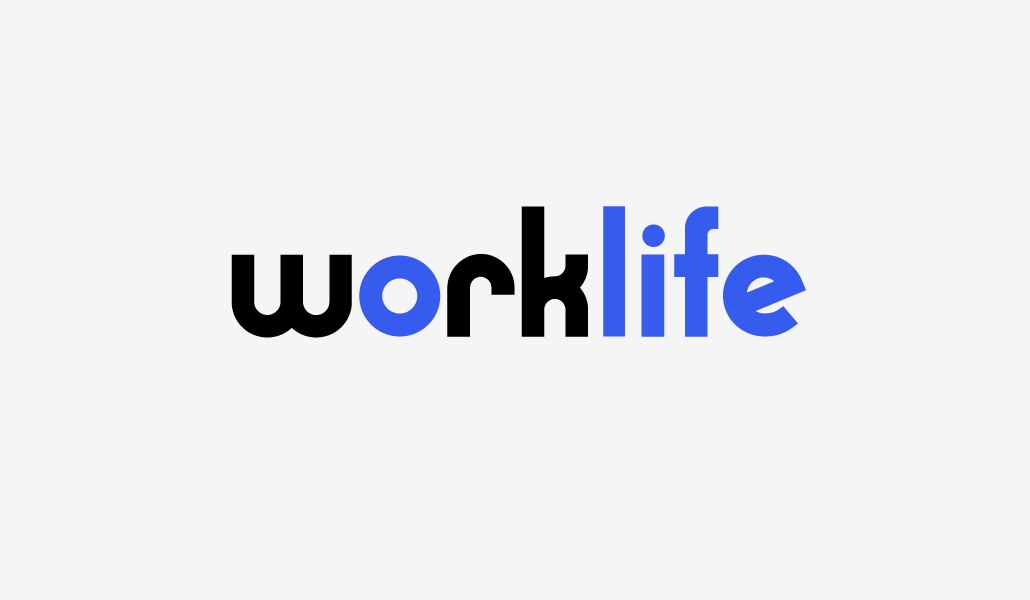
Scott Cawood, CEO, WorldatWork & Author of The New Work Exchange
The pandemic brought changes to everyone’s daily routines. It also changed how people think about work and the value they seek from it. The processes employers relied on to attract, retain, engage and grow their workforces have been disrupted.
Much of how people work today would be unrecognizable from a few years ago when workers and employers relied on a traditional employment exchange built on a series of perks, benefits and job security in exchange for employee commitment and long-term loyalty. Beyond the Great Resignation, society faces a Great Rebalancing resulting from the severe economic and social shifts that are now a part of work.
Many managers have long equal time at work with productivity. Being stuck at home during COVID showed workers that they could be — and wanted to be — more in charge of their work destinies while getting their jobs done. Organizations with their fingers on the pulse realized that being outcome-driven instead of focusing on filling seats led to better business results and team member engagement. It’s a new work exchange — a modern relationship that employers and employees need to accomplish great work. And the goal is to create a workplace where people are committed, productive and inspired so everything functions optimally.
Rethinking the formulas for productivity and engagement
However, some organizations are stuck and dogged by productivity paranoia as managers try to understand what worker flexibility means. With many teams now remote at least part of the time, management fears that employees are skirting their work because they cannot see those employees working in person. In response, some are applying old-fashioned policies and piecemeal solutions to the new workplace. It’s backfiring.
Recently, a marketing manager complained to The New York Times workplace advice columnist Roxane Gay that, hoping to foster and measure team engagement, their employer started requiring everyone to turn on their video cameras and use the company’s digital background during internal meetings. Gay said the fickle rule is a bad way to measure engagement. Fickle rules will annoy people, not bring them closer. The real questions for workplaces are how do they create authentic engagement and how do they set metrics for it?
Creating a more valuable work exchange
Leaders are recognizing that employees are more critical as stakeholders in this new work exchange. To engage them, employees need more voice, interaction and influence in the business. They need to be shown that they are trusted. People want to know the time they spend working creates meaningful, impactful, and valuable outcomes. If an organization thinks being on camera or in an office is the only way to be productive, it has more significant problems to solve, including the low trust management has for its employees.
This new approach to work can be measured as contributions to the organization’s goals — and on an ongoing basis. This new process can be viewed as a net promoter score for employees, evaluating data points that show how well the employee and the organization are doing. These systems are built around focusing on the now to surface what employees need at the moment and evolve with an organization’s people as their needs change.
Smart teams are starting with job descriptions to advance in the new work exchange. Losing employees is costly, especially when they share their experiences on social media. When employees are engaged, it signals that the workforce has adopted the culture and values an organization has created with them. That, in turn, drives value for all stakeholders.
Employee job descriptions also need a rethink. They’ve been written for compliance purposes, but they can no longer be an endless list of tasks, many of which are impossible to fulfill. Instead, workplaces are starting job descriptions by defining success and how to measure against that definition.
Dynamic workplaces require thoughtful practices and personalization
Proactive workplaces are also shifting from policies to practices. Policies have a thumbs-down approach, while practices give people more opportunities to succeed because they have more agency in getting work done. For example, consider why people drive at the speed limit. It’s not only because they may be ticketed — it’s because they understand that going over the speed limit puts people at risk. Slowing down becomes a practice. The world of work is too dynamic for policies.
Perhaps the most critical and tricky piece for organizations is that workplace experiences must be personalized. Forced participation quickly leads to disengagement. Doing the same thing for everyone might be perceived as treating people the same or equally, but in reality, it’s not. People simply have different needs and values. If an organization wants to celebrate the work formally, it must focus on the things that unite the workforce, like making an impact, greater profitability or achieving collective goals.
Post-COVID, employees’ tolerance for bad bosses, stupid policies or rules that only benefit the organization is lower than ever. Workplaces can’t go back to business as usual. It’s imperative that workplaces figure out how to let people be more human and measure that effort on an ongoing basis. Businesses are asking employees to bring more of themselves to work — the key to engagement — but if they want people to bring their full selves to work, they better be ready for it.
Sponsored by WorldatWork








